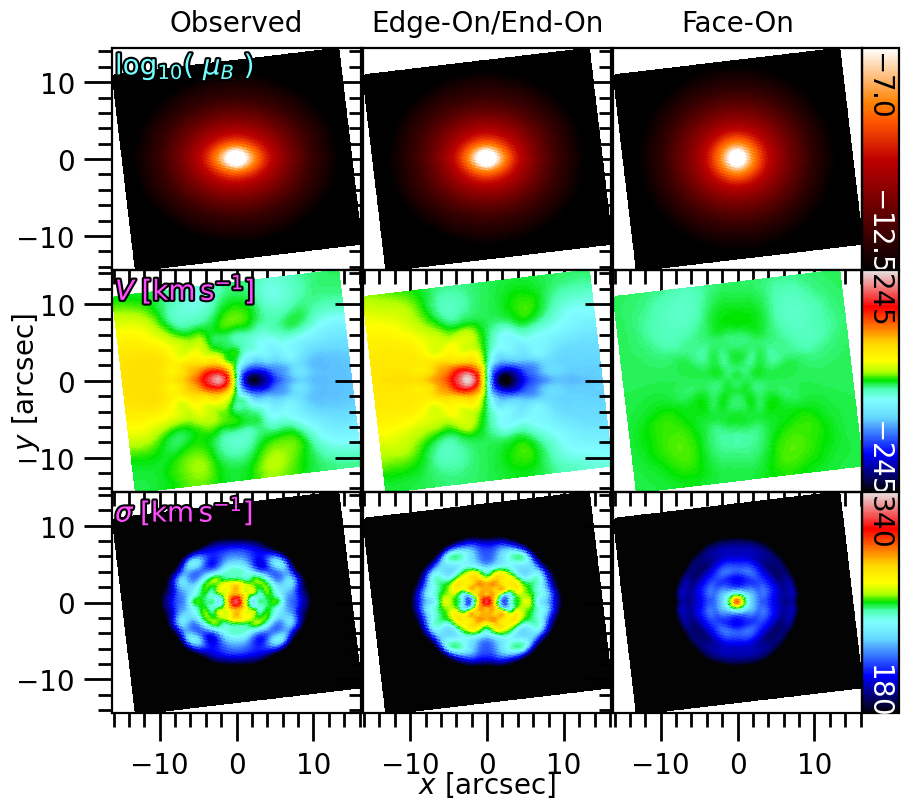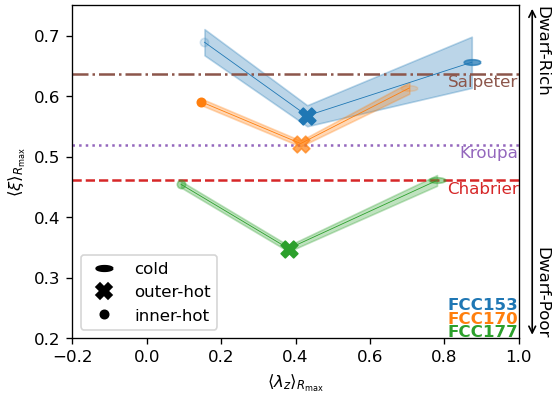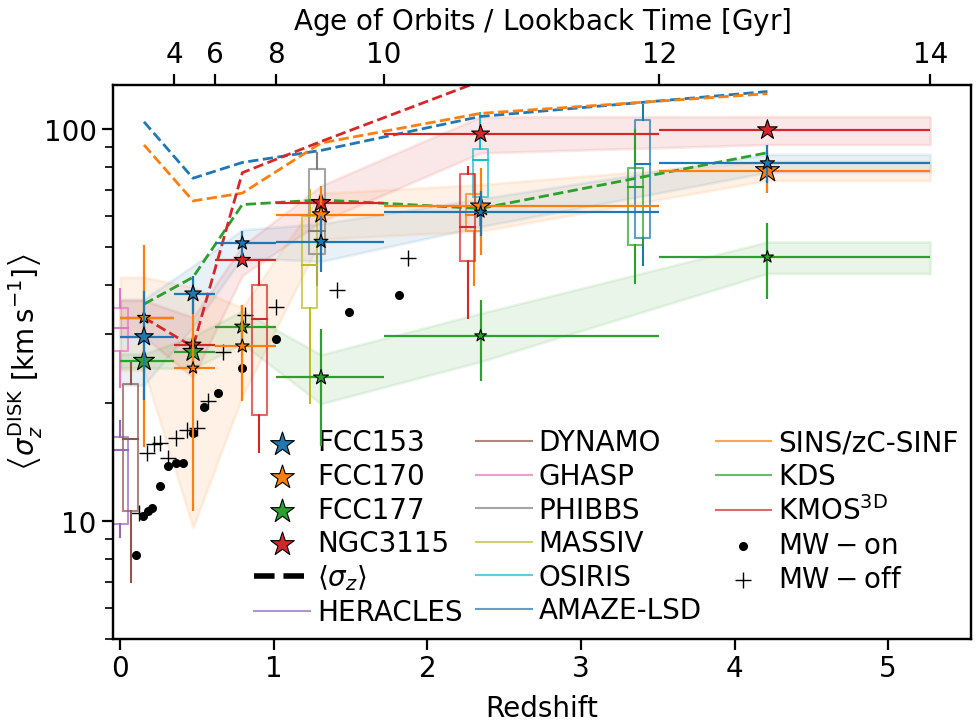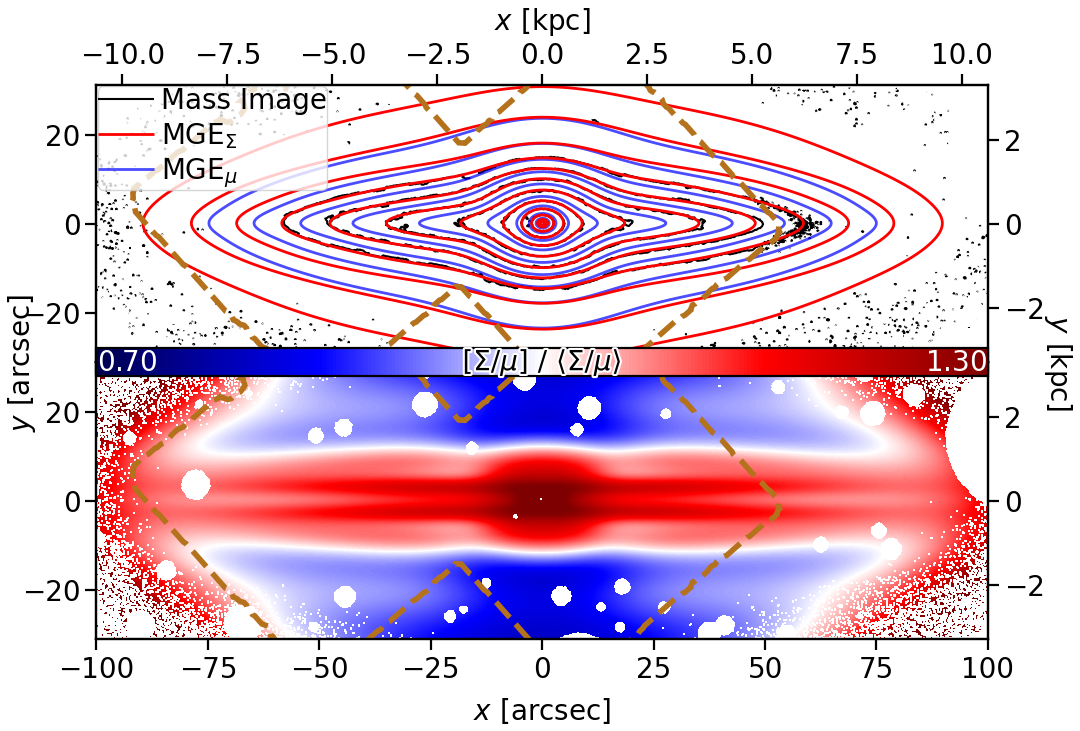I am a Hintze Fellow in Astrophysics at the University of Oxford in the United Kingdom. My research interests are centred around galaxy formation, and in particular the interplay between all observable properties of the stars; namely their motions, chemical compositions, and ages.
Specifically, I have been developing and analysing dynamical (Schwarzschild) models of galaxies outside our own Milky Way, which uniquely include treatment of the stellar populations to garner a more complete picture of how and when these galaxies formed in a wholly self-consistent manner.
Contact
Email
Current Affiliation(s)
ORCiD

Reads
PhD Thesis (MQU)
Master's Thesis (MQU)
Research Highlights
Strong Lensing Projections
The effect of orientation on models of strong galaxy-galaxy lensing. The figure shows three orientations (left to right) of a known nearby strong-lens galaxy, SNL-1, and the corresponding stellar kinematics (top) and lensing cross sections (bottom). These projections are generated from a Schwarzschild orbit-superposition dynamical model, fit to the observed stellar kinematics. The result is that simply changing the orientation of the lens galaxy has a substantial impact on the derived cross-section, and may impact the physical inferences of large strong-lensing surveys. See
Poci & Smith (2022) for further discussion.
Orbital Stellar Initial Mass Function (IMF)
The stellar IMF for a small sample of disk galaxies in the Fornax cluster. The correlations show the average stellar IMF (measured as ) as a function of the orbital anguler-momentum for three dynamical components in each galaxy. These correlations show that
- the outer hot ('stellar halo'-like) component has a markedly lower average IMF in each galaxy, implying a lower relative abundance of low-mass stars
- the high-angular-momentum ('disk'-like) component and the inner hot ('bulge'-like) component share similar IMF in a given galaxy
- and the three galaxies show significant variation amongst themselves.
Chemo-Dynamical Correlations
The relation between the vertical component of the intrinsic stellar velocity dispersion of disk-like orbits, , and the stellar age (or equivalently, redshift of formation). The small sample of external galaxies which we have archaeologically measured this relation for the first time are shown by the star symbols. Literature measurements of the Milky-Way galaxy are shown as black dots and crosses. Direct gas measurements from the literature at various redshifts are shown by the box-whisker data. This figure shows that stars are created on increasingly disk-like orbits over cosmic time, with less motion out of the plane. See
Poci et al. (2021) for details, and literature references.
Mass Surface Density Model
Modelling the projected mass surface density from the observed luminosity surface density (surface brightness) by taking into account the measured stellar mass-to-light ratio . Top: the original luminosity surface density model (blue), the resulting mass surface density after scaling by the measured (black), and the final mass surface density model (red). Bottom: the resolved , normalised by the global average value, . This panel shows the differences in the shape between the mass and luminosity surface densities. It also highlights the regions which are inconsistent with the average value (any red and blue regions). Using the mass surface density model generated in this way ensures that the dynamical model is a priori consistent with the galaxy's consituent stellar populations. Taken from
Poci et al. (2021).
 0000-0002-5422-7441
0000-0002-5422-7441



